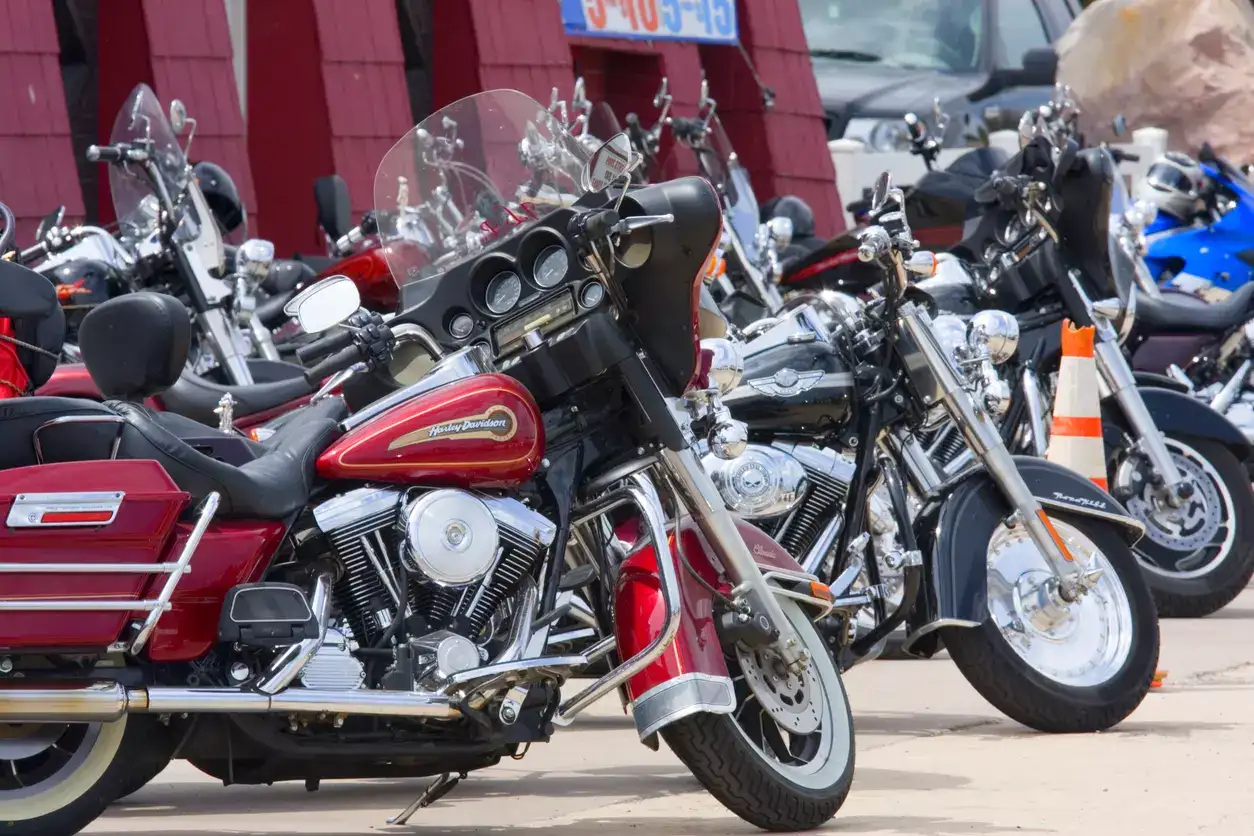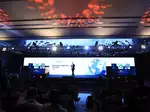2-wheelers may find it tougher to make Delhi their playground

Daily, over 20,000 violations are detected by these cameras. To strengthen its digital vigilance, Delhi Traffic Police is considering doubling its automated number plate recognition (ANPR) system by adding around 300 new cameras to its current fleet of 334, of which 209 are red light violation detection (RLVD) cameras and 125, over-speed violation detection (OSVD) cameras. Only 95 cameras can detect violations by two-wheelers, a gap the new system is seeking to bridge.
When the traffic signal turns red, the RLVD camera software draws an imaginary line. If a vehicle crosses this line or halts within it, the camera captures the licence plate and logs the violation. OSVD cameras, meanwhile, calculate a vehicle's speed using the formula most students know by heart: speed equals distance divided by time. The cameras are programmed with the distance between two imaginary lines. If the time taken by a vehicle to cover this distance indicates speeding over the permitted limit, the system flags it. The control room verifies the digital evidence.
The new system being planned aims to go beyond traffic lights and speed violations. Ajay Chaudhary, special CP (Traffic Management), said, "The new technology can detect other traffic violations such as wrong-side driving, helmetless driving, triple riding, etc. As far as glitches in the portal are concerned, we are already in touch with National Informatics Centre to make the portal more user-friendly and also offer more communication options than just SMS."
The upgraded network will monitor all categories of vehicles, including commercial trucks and private cars, with greater accuracy but the greater focus will be on two-wheelers. Satya Vir Katara, additional CP (Traffic), and Shashank Jaiswal, DCP (Traffic Headquarters), are leading the project. "These additions will revamp the system, enabling it to detect violations covering all vehicles," said Jaiswal.
Despite technological advancements, there are questions about outdated contact information and cumbersome portal. Critics argue that before doubling the number of cameras, police should focus on fixing these flaws and ensuring seamless communication with citizens. Daily, police log 60-80 grievances. Most people are unaware of the 15-day grievance portal where they can contest the fines.
Delhi Traffic Police is considering adding 300 cameras to the existing 334 automated number plate recognition ones. The new cameras can detect breaches, such as wrong-side driving.

